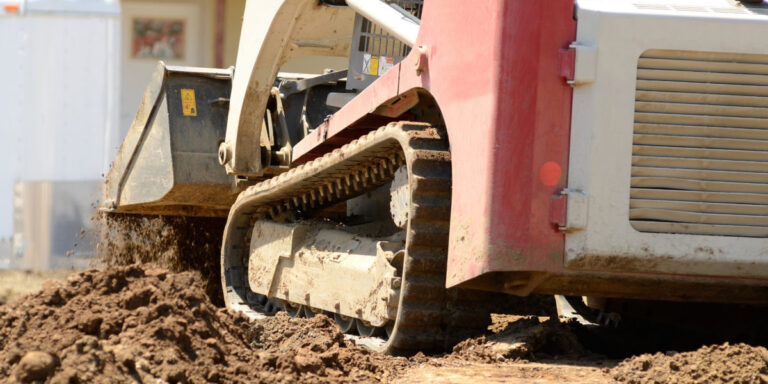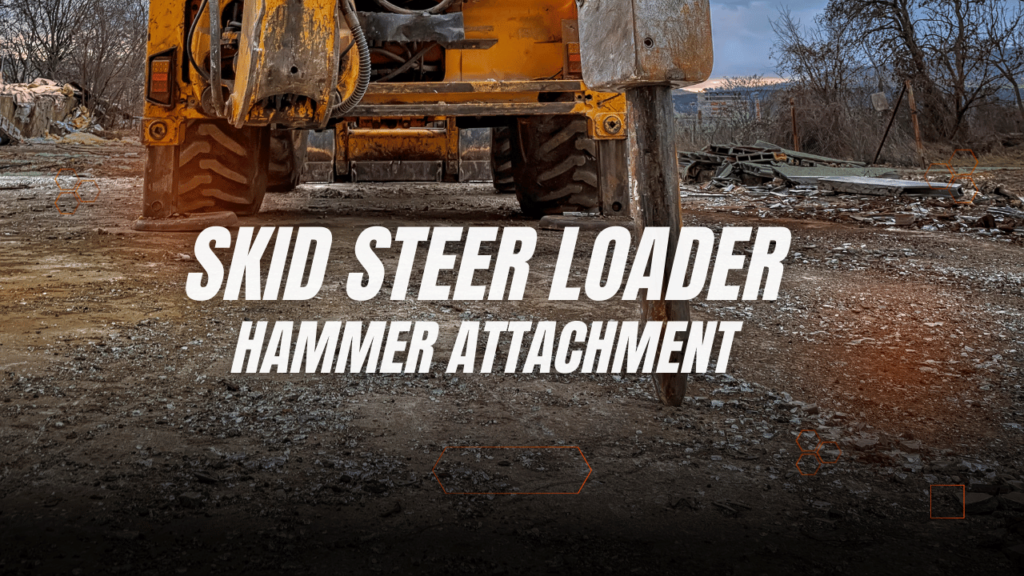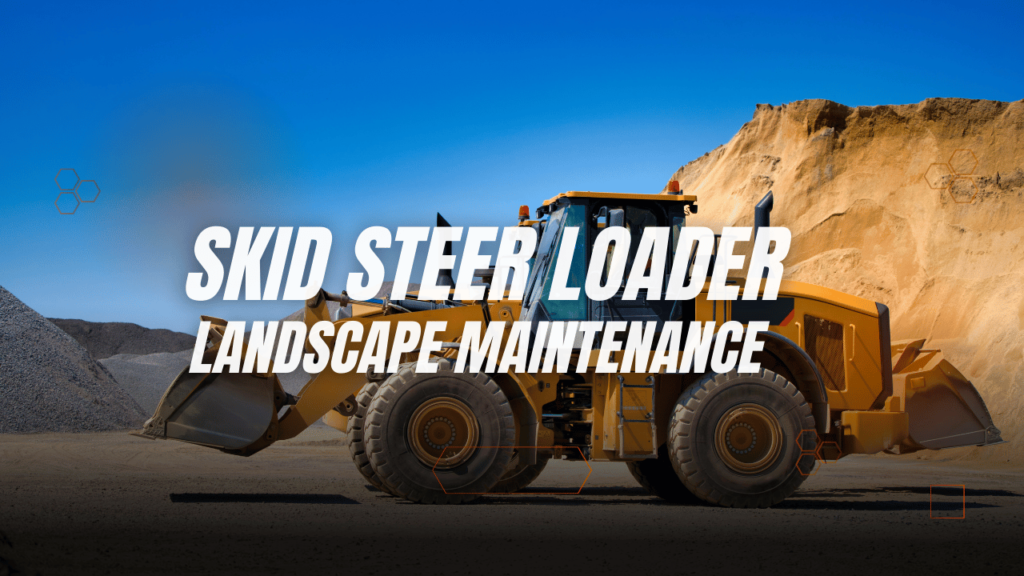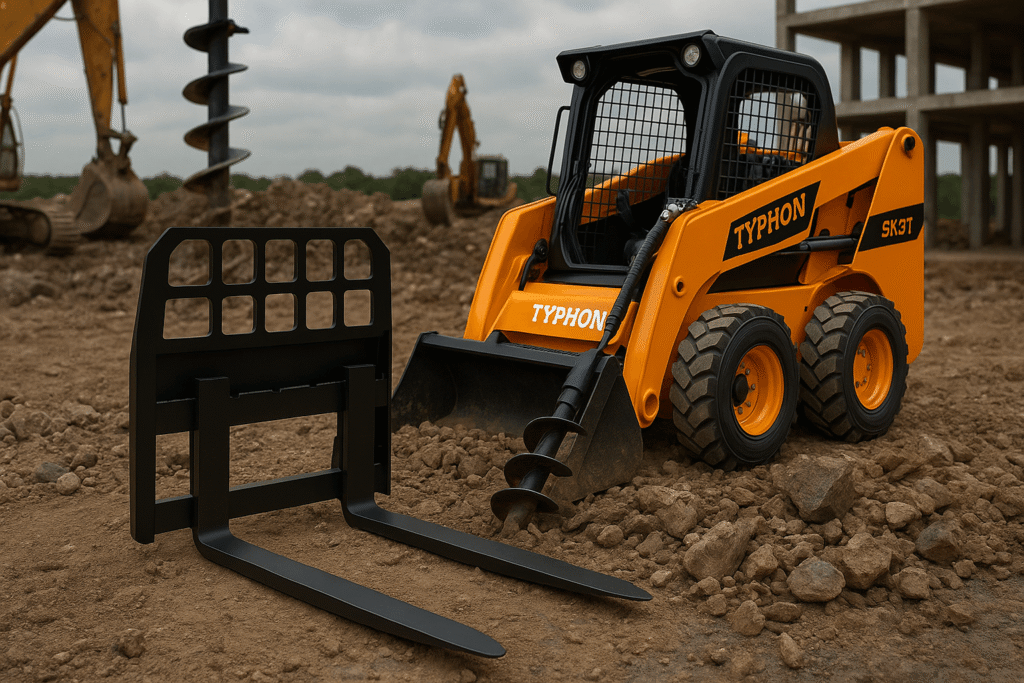Powerful and adaptable equipment known as skid steer loaders is frequently employed in agriculture, landscaping, and construction. Skid steers can have issues over time, just like any other piece of heavy machinery. In this article, we’ll take a look at some typical skid steer issues and how to address them.
Leaks in the Hydraulic System
One of the most frequent issues with skid steers is leaks in the hydraulic system. Here are some key points to consider:
Causes of Hydraulic Leaks
- Fluid Levels: Hydraulic system malfunctions can result from fluid levels that are either too low or too high.
- Clogged Fluid Filters: Filters that are clogged can impede the hydraulic system’s performance.
Inspection and Resolution
- Hydraulic Lines: Check for leaks and loose fittings in the hydraulic lines.
- Engine and Pump: Ensure the engine and pump are functioning properly before performing inspections.
- Control Valve: Inspect the seals and fittings of the control valve. Ensure that valves open and shut correctly.
- Power Loss: Leaks in hoses, fittings, or seals can cause a system pressure loss, reducing loader performance.
Electrical Problems
Skid steers come with various electrical components like sensors, switches, and control modules. Electrical issues can lead to significant operational problems.
Common Electrical Issues
- Loose or Disconnected Connections: Loose connections can cause operational issues with the steering or loader.
- Joystick Connections: Inspect wires connecting the joystick to the actuators and hydraulic pump to prevent joystick problems.
- Safety Switches: Check if the safety switches are operating properly and that all connections are protected.
Symptoms and Solutions
- Complete Shutdown: Electrical issues can cause the machine to shut down completely.
- Intermittent Problems: Problems with lights, gauges, or engine starting can be due to electrical issues.
Problems with the Skid Steer’s Engine
Engine problems can significantly hinder the operation of a skid steer loader. Here are some steps to troubleshoot engine issues:
Troubleshooting Engine Issues
- Fuel System: Check the fuel system, especially the filters. Change filters as per the schedule in the manual, and more frequently in dusty environments.
- Fuel Tank: Inspect the fuel tank to ensure proper fuel flow.
- Glow Plugs: Check glow plugs for tightness to prevent engine cooling issues.
Learn More: Skid Steer vs. Mini Excavator: What’s the Difference?
Transmission Issues
The transmission is crucial for the skid steer’s movement and gear changes. Transmission problems can manifest in several ways:
Identifying Transmission Problems
- Stalling or Jerking: Low transmission fluid levels or dirty filters can cause stalling or jerking.
- Worn Gears or Bearings: These can lead to the machine stopping or moving erratically.
Problems with the Tires or Tracks
Skid steers may have either tires or tracks, each with its own set of potential issues.
Tire and Track Issues
- Tires: Tires can run flat or wear unevenly, affecting stability and steering.
- Tracks: Tracks might become loose or broken, impacting traction and movement.
Operator’s Mistake
Operator error is a common cause of skid steer issues. Proper training and usage can mitigate these problems.
Preventing Operator Errors
- Overloading: Avoid overloading the equipment to prevent damage.
- Proper Attachment Use: Ensure attachments are used correctly.
- Terrain Operation: Operate on even terrain to reduce risks.
Learn More: Top 10 Mini Skid Loaders: Complete Guide To Mini Skid Steer Loaders
Conclusion
Understanding and addressing these common skid steer issues can enhance the lifespan and performance of the equipment. Regular maintenance, proper usage, and timely inspections are key to keeping skid steer loaders in optimal condition.

